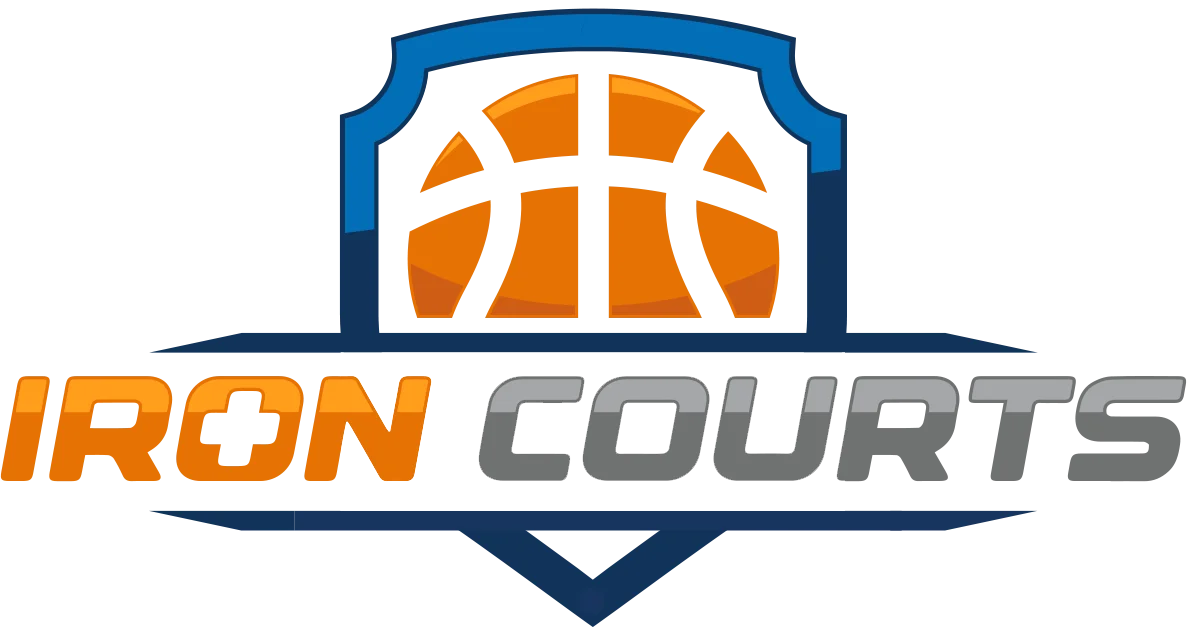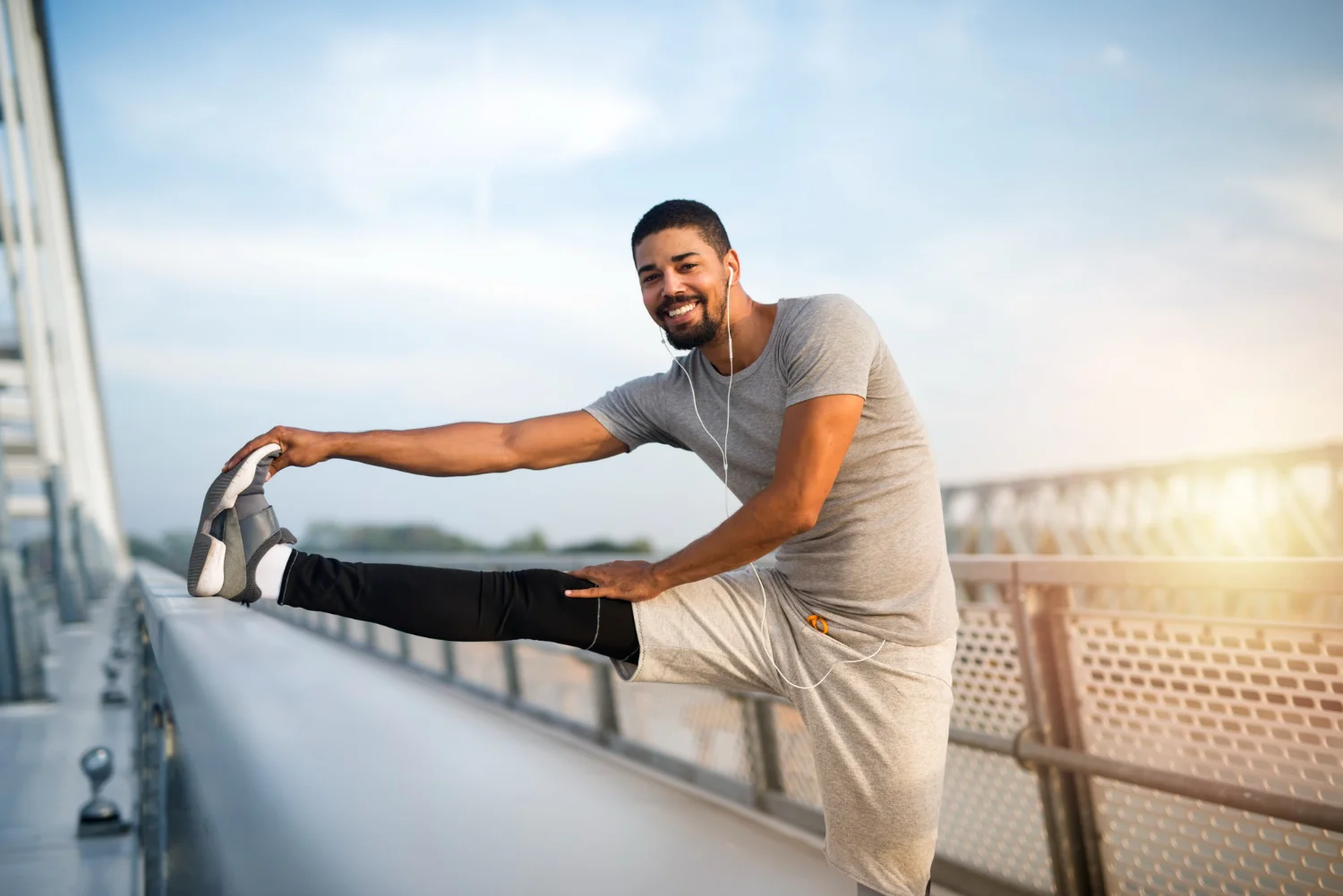When you’re a professional athlete — or a team paying big money to win games — recovery is a big deal. With bad recovery, you show up to play with tired legs, you get cramps quicker, and you lose much of the advantage your training gives you. But if you recover well, you stay stronger in back-to-back games and can stay healthy, since you’re less likely to see injury.
Pro teams don’t pay star players to sit on the bench and recover when they’re playing in Memphis one night and Denver the next. They get every minute of quality playing time out of their stars and then get them recovered as quickly as possible.
Let’s talk about 6 ways pro teams protect their investments and how you can make a similar investment in your own body, getting the most out of your playing time.
Recovering with Hydration Therapy (IV Hydration)
You don’t have recovery without hydration. But IV hydration can happen in two ways. You can drink water and get electrolytes through sports drinks the old-fashioned way, or you can speed things up a bit.
Professionals are looking for speed of recovery, which is why they often opt for the IV route.
The name of the game is speed. IV hydration allows athletes to replenish fluids, electrolytes, and essential nutrients directly into their bloodstream. This restores energy levels, flushes out toxins, and enhances overall performance, and it does all this very, very fast.
Get Back in the Game with Cryotherapy
You know those ice you occasionally see football players sitting in during commercials? Technically, that’s cryotherapy, and it speeds recovery. So do cold compresses, cold showers, and even alternating heat and cold on an injured area.
Cryotherapy exposes the body to extremely cold temperatures for a short period to reduce inflammation, relieve muscle soreness, and promote faster healing. It can also enhance circulation, stimulate the release of endorphins, and boost natural healing.
But if you’re a pro, and you don’t want to get into an ice bath, you can use a more-focused version of cryo, like a machine that targets injured or inflamed areas to promote quicker healing and prevent further injury.
Compress Your Recovery Time with Compression Therapy
Compression therapy applies pressure using compression garments or devices to improve blood circulation, reduce muscle swelling, and alleviate post-exercise soreness. It removes metabolic waste and enhances oxygen delivery to muscles to speed recovery and prevent injury.
You have a few choices with compression therapy. You can buy compression sleeves or socks, which are pretty popular and easy to find, or you can go pro and use a specialized recovery system to refresh your legs, arms, or both.
Jump Start Your Recovery with Electrical Stimulation (TENS)
Transcutaneous Electrical Nerve Stimulation (TENS) stimulates nerves and muscles with low-voltage electrical currents. This method targets areas of the body with electrode placement, relieving pain, reducing spasms, and improving blood flow.
TENS units can be portable and easy to use. Or find out more about what we offer.
Beat Muscle Tension with Percussion Therapy
Percussion therapy, a subset of massage therapy, delivers rapid pulses or vibrations to targeted muscle groups to encourage blood flow, break up lactic acid buildup, and reduce muscle tension. But it gets a little more involved than that.
Percussion therapy works on the principles of deep tissue massage and myofascial release to accelerate recovery, improve flexibility, and promote overall muscle health.
Athletes can use massage guns or vibrating foam rollers for percussion therapy, or you can find out more about our offering at Iron Courts.
Lengthen Your Playing Time with Stretching:
While it’s not the fun part of sports, stretching isn’t going away anytime soon. And although we’ve all stretched in gym class, it gets more scientific than that. But we’ll keep it simple. dynamic stretching before exercise helps prepare the body for activity, while static stretching afterward is best for reducing muscle tightness and promoting relaxation.
Stretching enhances flexibility, increases range of motion, and improves circulation. Incorporating various stretching techniques such as static, dynamic, and proprioceptive neuromuscular facilitation (PNF) can really up your stretch game (and your basketball game, your pickleball game, or whatever game you’re into) by speeding recovery and reducing the risk of injury.
Get the Most of Your Playing Time with Recovery Therapy
Work these recovery techniques into your routine and you’ll quickly start to realize why all the pros take recovery so seriously. Because when you’re tied up in the last 5 minutes of game 7, your half-step advantage in quickness makes all the difference.
And if you need to ask questions about any of these methods of recovery, give us a call or ask next time you’re at Iron Courts. Because we know about recovery and can help you get these methods built into your training program so you can make the most of your playing time.

